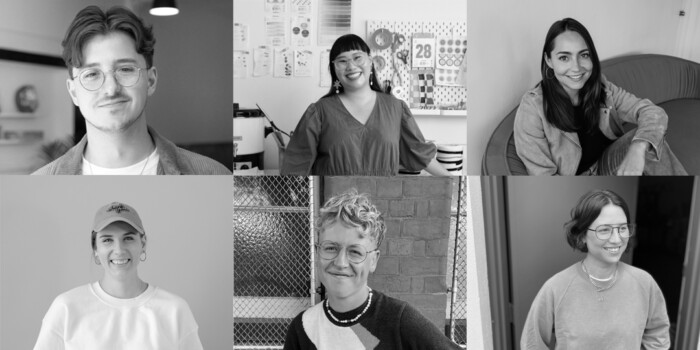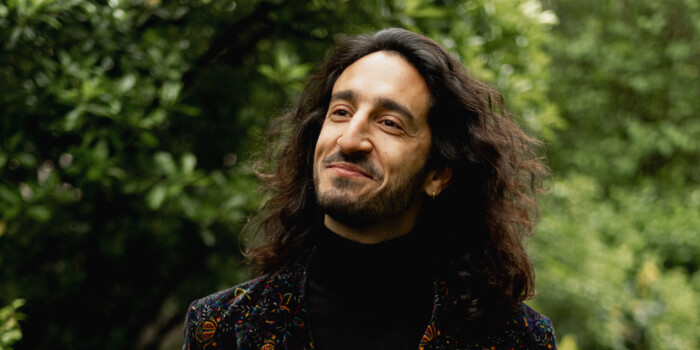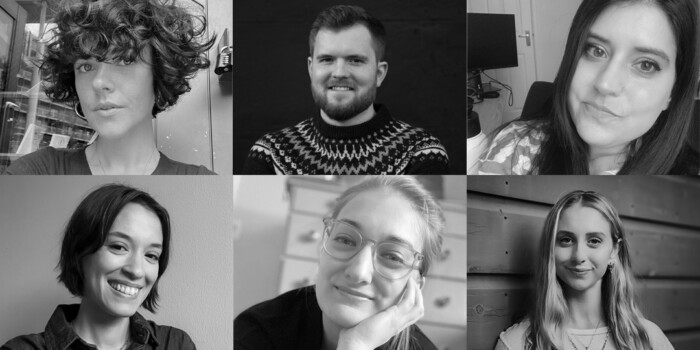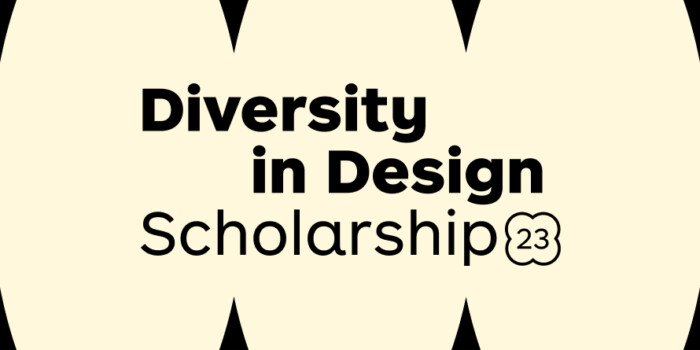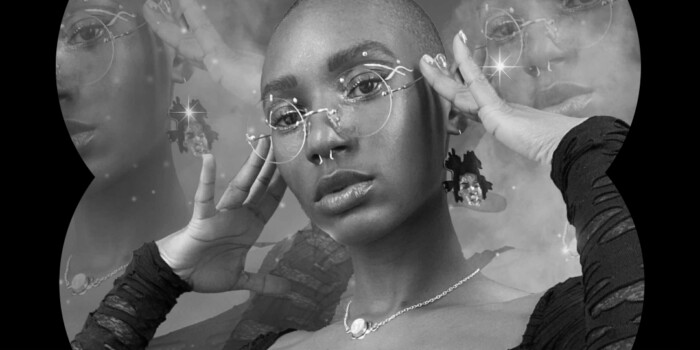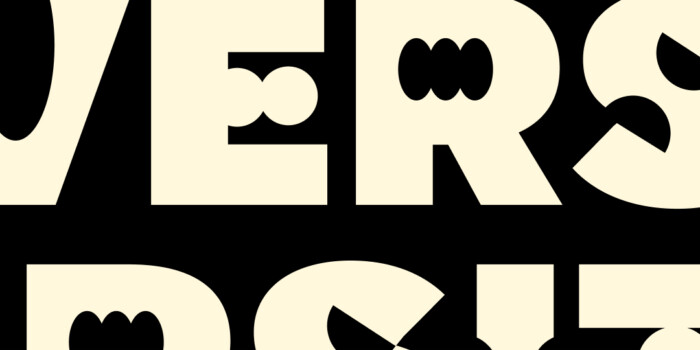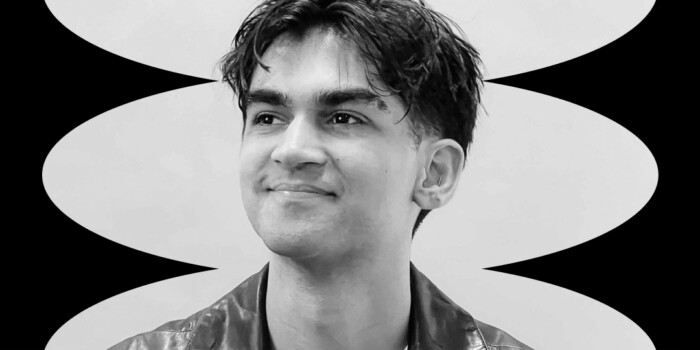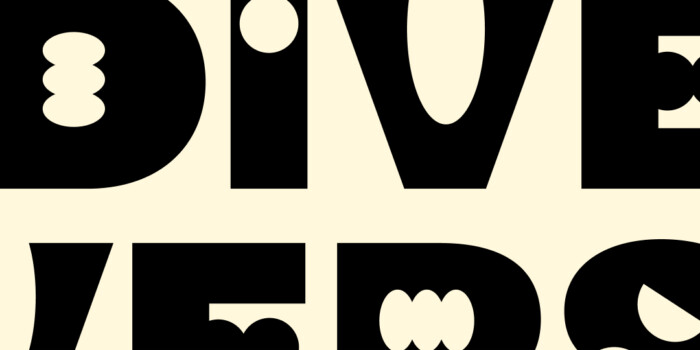Interview with James Woods, Senior Designer at Human After All

Almost ten years after graduating, James Woods is now working a Senior Designer at Human After All, but has always carved out his own unique path through the industry. Taking in internships, freelance and studio roles, James has seen it all, working in some of the UK’s biggest studios; Village Green Studio, MultiAdaptor, DesignStudio and more. James’ experiences and fascinating career path made him the perfect candidate to deliver a keynote speech to our Shillington London and Manchester students on graduation day in December 2021. He dropped not only some serious knowledge about the industry they were heading into, but also some invaluable tips and advice for their new careers.
We caught up with James in the new year to talk through his design journey so far, as well as share some of his key advice with our global graduates.
Can you take us through your career to date? What has your trajectory looked like from studying to Human After All?
Sure thing! Depending on when you start I’ve been working in and around design for between 8 and 10 years, having kicked things off with an internship during university in NYC ten years ago, which was a real baptism of fire. Since then I’ve spent most of the last decade working here in London switching it up between freelance and full-time work across boutique design studios and larger agencies, with the ambition of working on a range of briefs from branding and strategy projects to pure art direction and type design.
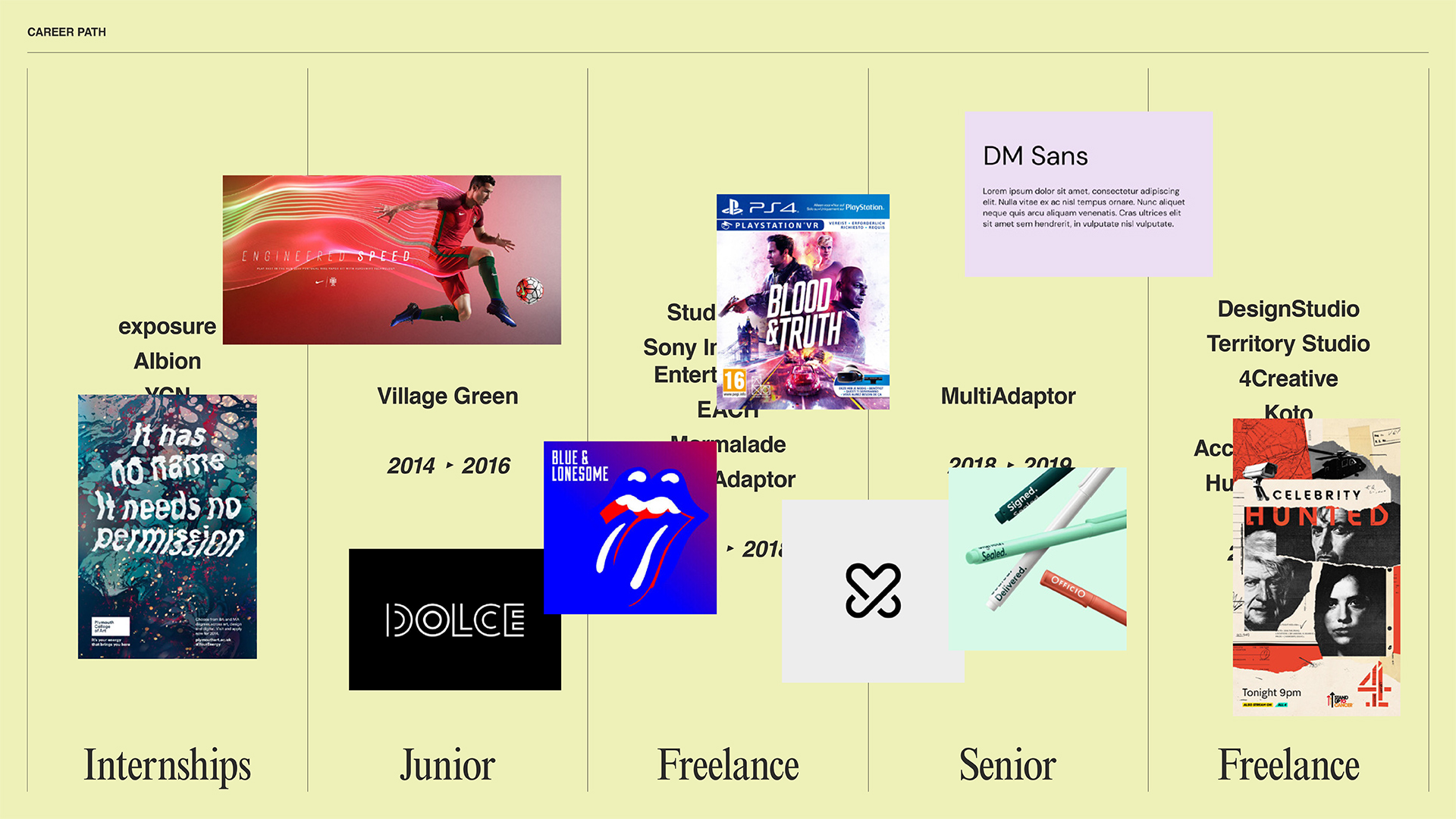
Can you tell us about some of the projects you’ve worked on over the years? Would be great to hear about some of your work.
I’ve been fortunate to work on a number of mad projects. Being in the room when the CD was telling Mick Jagger how to use Adobe Acrobat while I was commissioning illustrators to design the next Rolling Stones album cover was a moment. At PlayStation, I had the dream project of designing in-game graphics for that year’s Wip3out release which required deep diving into The Designers Republic™ archive as inspiration. But my focus has gravitated toward specialising in branding which has seen me visit DesignStudio, Koto, MultiAdaptor and Accept & Proceed on my journey to date.
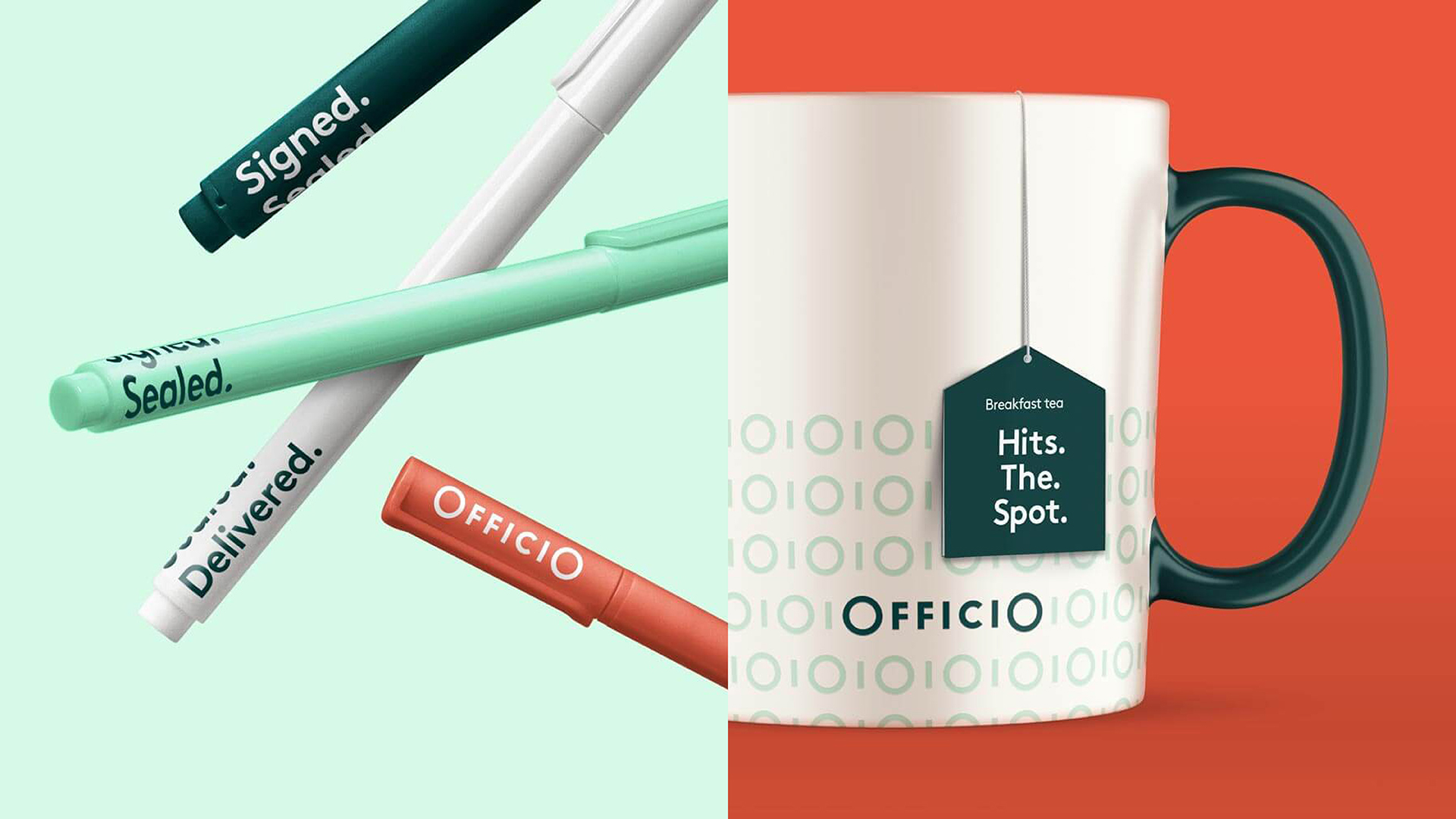
Officio was a project on which I was brought on as freelance support in the early ideation phase. It was my first real exposure to being a part of a pedigree brand design studio and probably my first big success. I had to come up with a concept, refine it and roll it out. The wordmark collapsed into an icon of binoculars capturing “seeing connections” part of their brand idea and became a core part of illustration and pattern in an otherwise bold and colourful, message-led system which the team rolled out. The project was such a success that it resulted in a job offer!

More recently with the team at Human After All we worked with Born Social on their rebrand. We wanted to ‘harness the chaos’ through an expressive but assured textural type system within a modular grid, putting to use Displaay’s Reckless, which allows their written ideas to be the focus of communications. A dynamic content layer sits above everything allowing emojis, app tiles and 3D objects to decorate communications, referencing the hyperactive world of social.
Dina is Leytonstone’s finest low-intervention wine store. A venue that celebrates the simple tradition of wine-making and the joy of drinking it, which I wanted to mirror in a hard-working but energetic design language. This was a project I took on independently and required putting to use the strategy, production and creative skills I’ve learnt over the years. A constantly evolving ‘family and friends’ library of illustrations compliment a softly retro wordmark. Typewriter typography and hazy photography aim to communicate authenticity and the dream-like feeling of cracking a third bottle.

In terms of career paths, what have you learnt along the way? Can you share some of the different options you’ve come across with our students and graduates?
In my talk, I broke things down into Internships, Freelance and Permanent work.
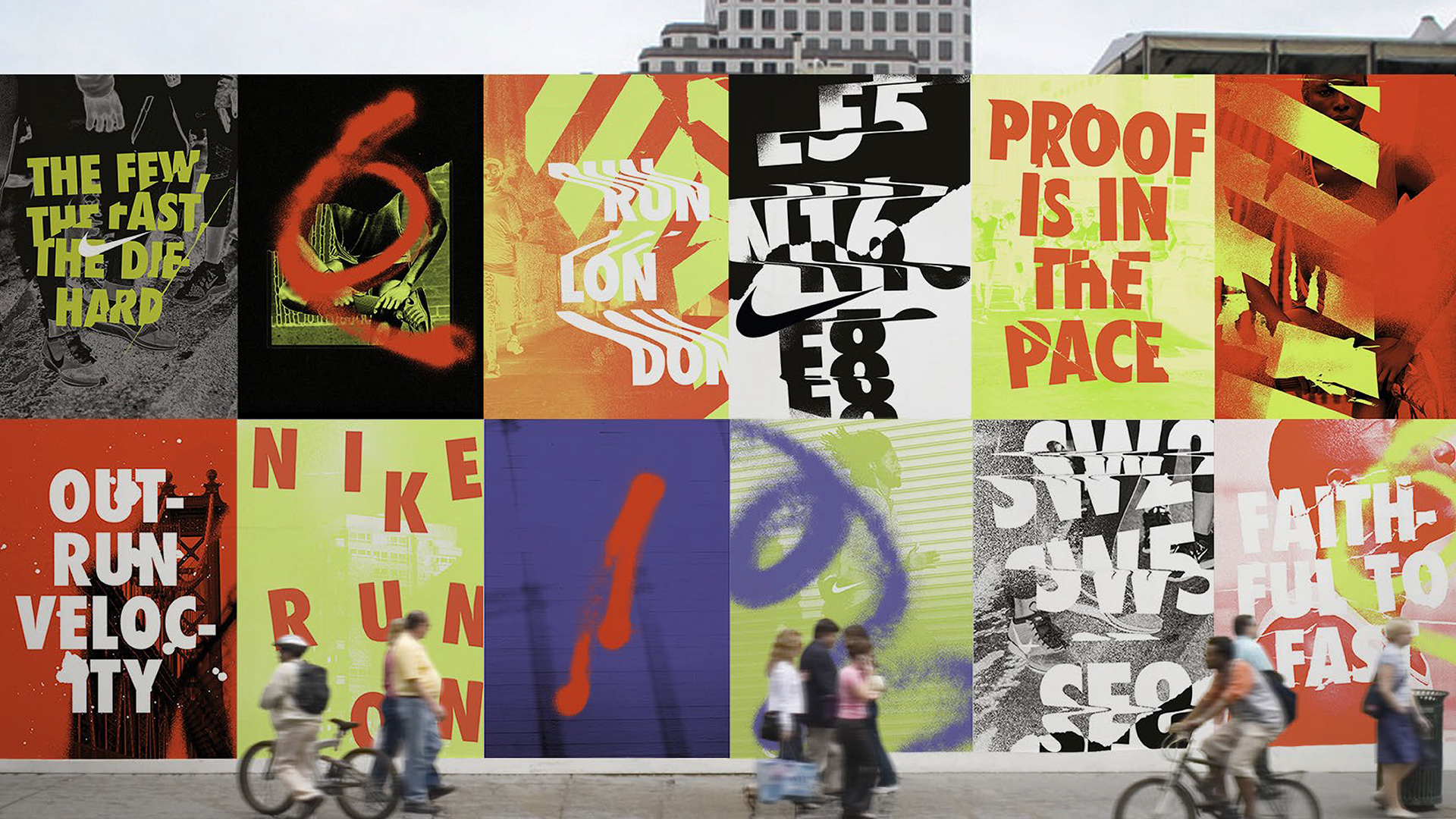
There were occasions when I found interning hard, at a time when there were fewer formal rules around pay and expectations, but I have to admit they were beneficial. From a hiring point of view it would be rare to offer work to someone immediately after their graduation. Not always, but it would be difficult for someone hiring for a full-time role to take a punt on someone with no track record of working anywhere before. Maybe that’s unfair, but I think it works both ways, you may think you want a certain job but without really putting yourself to the test you may find that your aims change. Think of it as paid learning. Sure you’re expected to make a positive impact, but really it’s a safe environment to get a real-world understanding of studio life. It also gives you the opportunity to travel!
When I went freelance I was able to properly explore my practice.
All exploration needs to be tempered with a focus on what you’d like to specialise in, and going freelance allows you to gain a lot of experience quickly. My focus has been branding, and being able to work with some of the best in the world for short bursts has really helped hone my skills.
Also, you can also earn a lot of dosh (£)! Which is useful if you’ve been coasting your overdraft as a student, intern and junior…

With permanent work, I’ve found that the trust and responsibility increase—you’ll have more control over projects if you’re working in a studio full-time. You can push harder for what you believe and your opinion is more likely to be taken more seriously. The second big thing is mentorship. It’s better for the company, and for you, if you as a designer are at your best. So often you get one to one face time with CDs and founders to help train you, to answer your questions, and ensure you’re happy and comfortable. That’s not just at junior level either, it’s fair to say that to this day I still need mentorship. Everyone does. Finally, financially speaking, when you’re a freelancer every day you’re not working is a day you could be earning money. That stress is relieved massively as a member of a full-time team.
Would you also be able to share any advice or tips for graduates who are looking for work right now?
Figure out what you want. You may be at a point where all you want is to bolster your portfolio, to learn new things and to hone your skills—to find your footing. Then act to get that. Aim for an internship somewhere that you can build to a junior role. But, if you’re more confident, maybe you’re older and know the industry already, maybe all you want is to get rich quick, in that case, go freelance. But be aware of the pitfalls and make sure you know you can do the work.
Having a clear idea of your intentions is the most important thing. It helps filter opportunities and pushes you forward faster to the things you want, to what you’re good at.
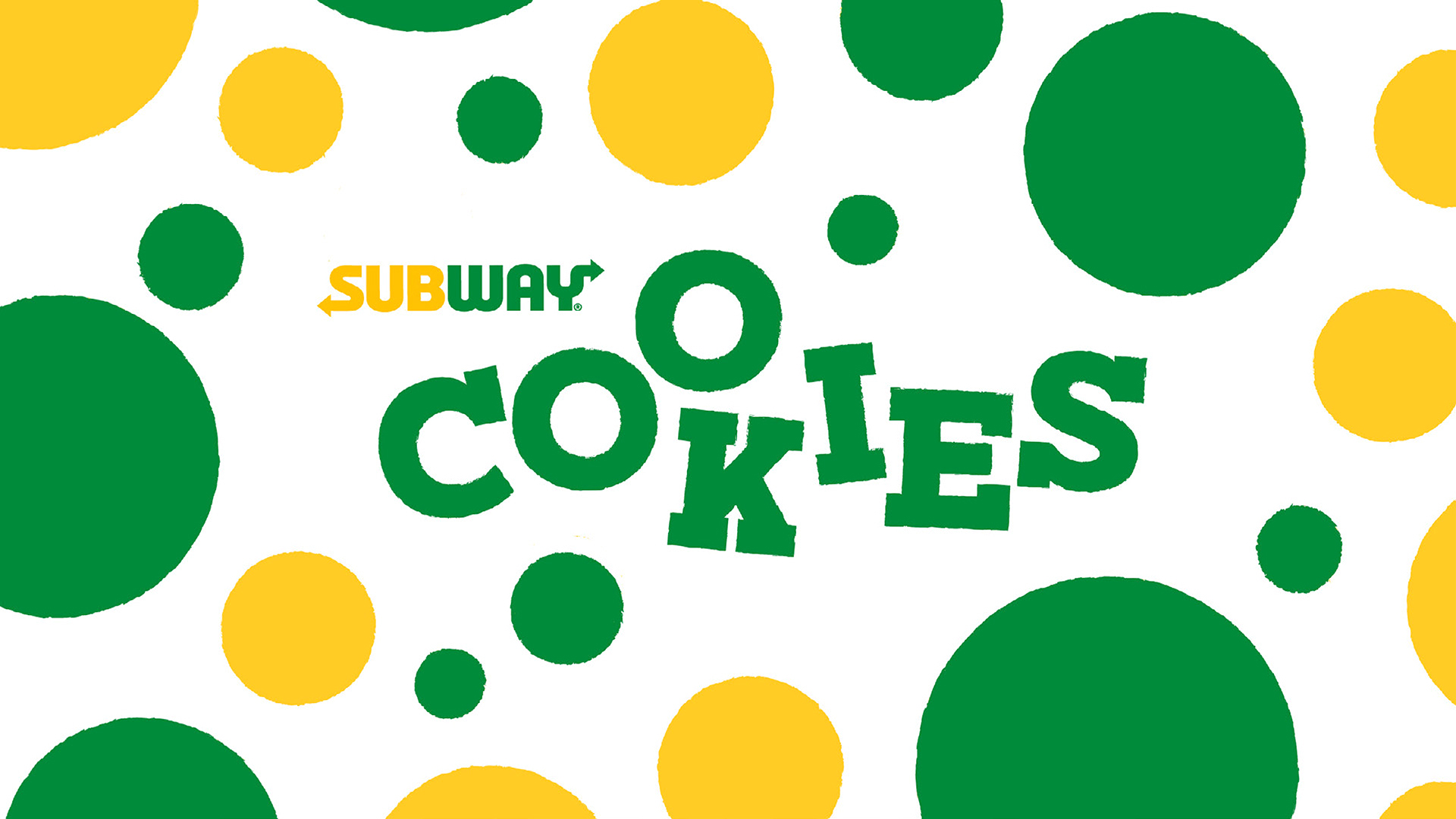
As a Senior Designer, who has worked as both a freelancer and in studios, it would be great to get your insight into nailing an interview? Especially for designers who are looking for their first job in the industry.
The right agencies should be equally interested in your potential and your competence as a designer, of course you need the basics down and a solid point of view.
Being eager and appearing generous while having integrity is the most important thing. Prepare a presentation portfolio that helps amplify those traits.
Do you have any suggestions for growing as a designer outside of a day job? We’d love to know about any passion projects or the like that you’ve been involved with?
Working with Dina was outside of the day job—finding those independent clients is a great opportunity to become more rounded as a person and understand the roles that support design.
But I don’t think being obsessed with the grind is the right perspective. The best way to be a better designer is to not design.
Go on holiday or watch a film, meet your friends and have a drink. Culture, trends and the right application of design is as important as the core skills.
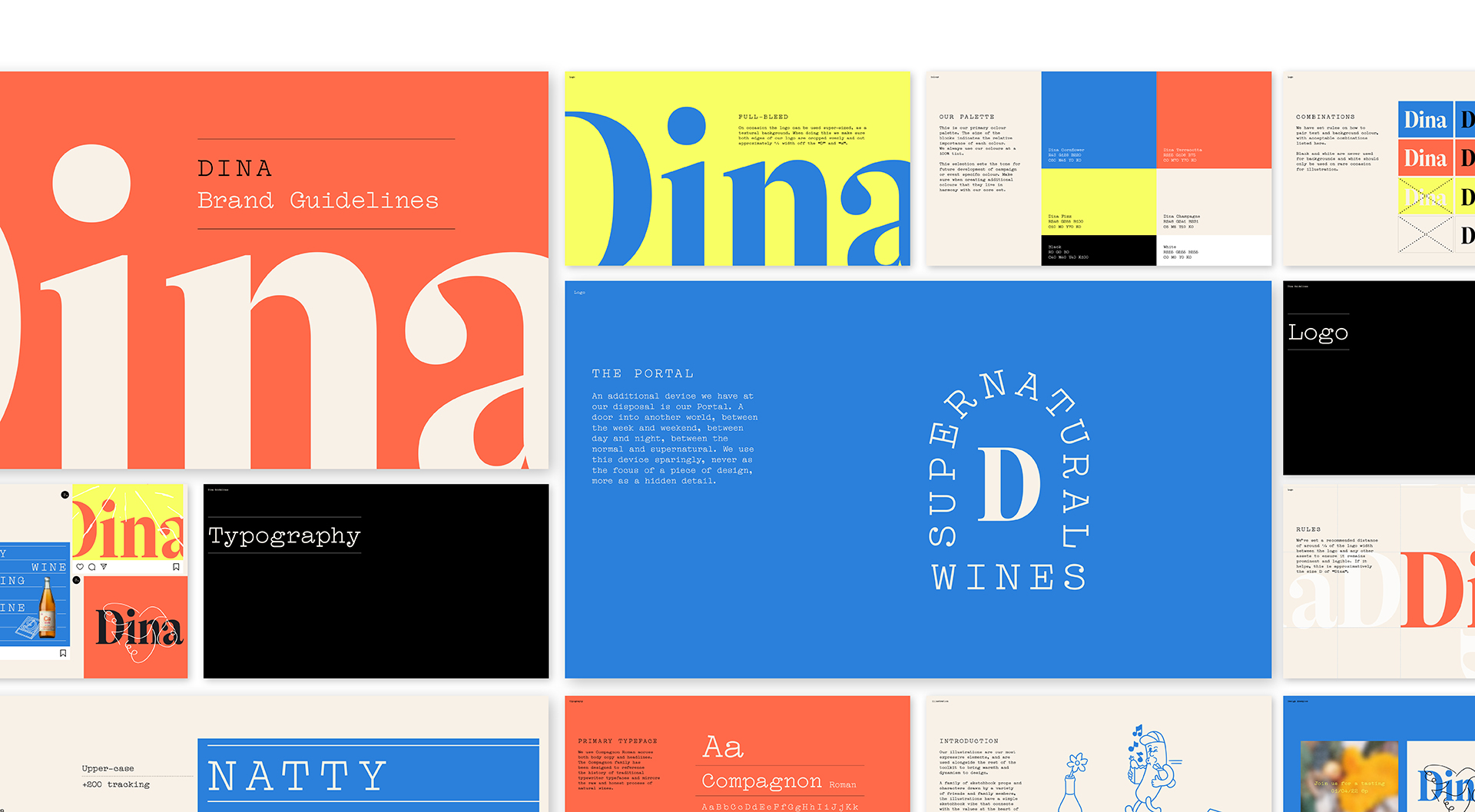
Finally, give us five words that describe you and your creative style.
Unique but made with purpose.
Big thanks to James for joining our London and Manchester students for an amazing keynote, and for talking to us afterwards. Make sure to follow him on Instagram.
We’ve hosted some of the world’s top creatives, design studios and advertising agencies at Shillington. Check out more interviews from guest lecturers.
Want to win some amazing prizes and stay in the loop with all things Shillington? Sign up to our newsletter to automatically go in the draw.
